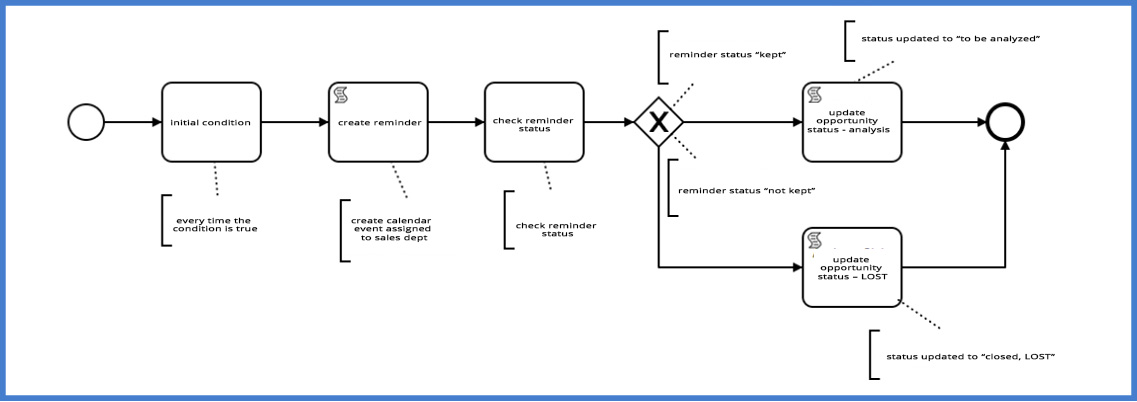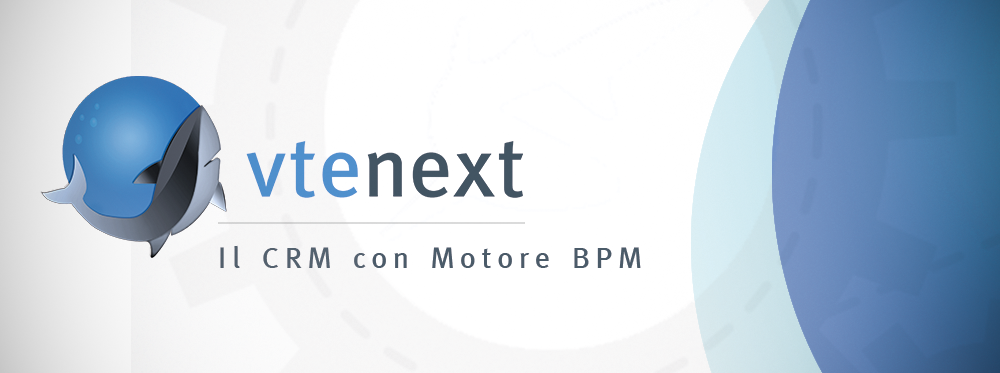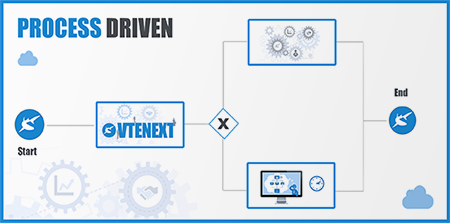When dealing with the topic of Process Driven Systems, you will very likely come across the concepts of human-based versus process-based systems.
Based on a superficial interpretation, process-based systems seem to be preferable as they are capable of reaching higher levels of performance without being affected by the unpredictability of events and circumstances.
This dichotomy is somewhat restrictive, especially if the following factors are considered:
- the analysis and collection of documentation for process design treat people as actively involved stakeholders (participatory design);
- the main factors that determine the success or failure of a process-based approach lie in whether the stakeholders, i.e. the people, are willing to accept change and novelties;
- processes alone cannot govern the motivational and creative aspects of an organization;
- reality is largely unpredictable, complex and varied, consisting of multiple, imperceptible facets that can hardly be converted into patterns and flows.
Only when these aspects are considered closely related and balanced, and if the whole corporate organization and its customers are perceived as elements of the same system rather than separate stovepipes, will it be possible to achieve maximum results from innovative approaches and from the introduction of a process- based system.
This is known as “process-based human organization”.
Having said that, it is undeniable that adopting a process-driven system leads to important competitive advantages, higher levels of customer satisfaction and a higher adaptability to markets.
Who would purchase a product online, knowing that they will only receive it ten days later, and who has never been tempted to own a wholly customized object, as if they were the only, special customer of a given brand?
End customers are almost never aware of the work that lies behind customization, or orders shipped and received on the same day, and similarly ignore that such a result is certainly the consequence of the implementation of a process-driven system.
Processes are not designed in just one day. They result from scrupulous analyses and the ability to interpret and tackle critical issues. The more willing members of organizations are to provide elements for analysis, the more efficient the process will be, with ensuing savings in resources and production times.
Among the elements mentioned above, one in particular is less suitable for interpretation and inclusion in a flow chart.
This element is reality, changing in substance and form, permeable to unforeseen circumstances and coincidences, in short, free by nature.
Despite its unpredictable nature, it allows itself to be governed and managed, leaving little space, yet enough for rising to the challenge of competitiveness and market penetration.
Therefore, when designing a process, through simulations, criticality analysis and experience it is possible to predict the potential occurrence of numerous variables and events. The process becomes more complex, yet it can be broken down into different sub-processes that actively contribute to the achievement of the final objective set in the main process, triggering actions that will take place several times during execution.
Similarly to a stream of water, between the start event and the end event the process can be channelled into other sub-processes that will in turn trigger other events, and then merge again into the main flow that will lead to the set objective. For sure certain events will remain unpredictable, yet a certain degree of flexibility will enable the unexpected to be tackled.
By way of example, see below a solution implemented by VTECRM for the creation of events assigned to a company’s sales department, whereby sub-processes have been designed in order to support the main process.


The main process starts from the initial condition of creating new opportunities.
Then a sub-process is activated, through which a reminder is created for the sales department. The process continues, and the status of opportunities is checked.
At this stage the sales department, having received a reminder through the sub-process, may set the status to Closed, LOST, thus closing the main process. If on the contrary the status is set to to be analyzed, the main process continues, data is requested and the lead source is updated.
Once the data has been updated, a new reminder is created for the sales department. The main process can take two different paths, through an exclusive gateway:
-
if the reminder (activated by the sub-process) is set by the sales department to Closed, LOST, the process ends;
- if on the contrary it is set to to be analyzed, an e-mail is sent about the data entered. The status of the opportunity is updated to negotiation/review.
In short, the sub-process occurs again during the main process, and through the reminder to the sales department allows:
-
updating the status of the opportunity during the various stages;
-
bringing to the closing stage, if the opportunity turns out to be invalid.
Thus it is possible to automate the opportunity updating flows and fully exploit potentials, without wasting time and resources on opportunities that are not suitable for the company’s purposes.

